“The Sopranos” will go down as arguably the best-written television show of all time. The late James Gandolfini opened the world’s hearts to the character of Tony Soprano, a New Jersey-based Italian mobster. “The Sopranos” presented colorful characters and a realistic portrayal of the difficulties of balancing family life with being the leader of a criminal organization.

Series creator David Chase spent years balking at the idea of doing any kind of reboot or sequel for the series, especially after the sudden death of Gandolfini in 2013. But Chase was recently inspired by the events of the 1967 Newark race riots due to his family ties to the city. The event allowed Chase to come back to the table and create not a new series, but a prequel film set in that time period that would explain what led to Tony’s decision to join the family business.
“The Many Saints of Newark” takes place in the late 1960s laying the groundwork for life for a young Tony Soprano. Dickie Moltisanti (Alessandro Nivola) is a soldier in the DiMeo crime family, which also consists of Tony’s father Johnny Soprano (Jon Bernthal), and his brother, Junior (Corey Stoll).
Riots begin to break out in Newark as the tension between the black and Italian communities, along with police brutality, reach a boiling point. While the city burns, Dickie has a falling out with his father, which has major repercussions for the DiMeo Family.
With Tony’s father Johnny in prison, Moltisanti takes charge of handling the family business and being a father figure to Tony. But he struggles to balance his own life between his family, his goomah Giuseppina (Michela De Rossi), and his former associate Harold (Leslie Odom Jr.) who now wants to move in on his territory in New Jersey.

“The Many Saints of Newark” is a superbly acted film that feels very much like a “Sopranos” property. Standouts, such as Vera Farmiga as Livia Soprano and Ray Liotta pulling double duty as twin brothers “Hollywood Dick” Moltisanti and Salvatore “Sally” Moltisanti, complement great performances by other actors who wildly resemble younger versions of their television series’ personalities.
Gandolfini’s real-life son Michael plays a teenage Tony, and proves he was the right choice for the role. In addition, cinematographer Kramer Morgenthau is outstanding at bringing to life late ‘60s/early ’70s New Jersey in an authentic style.
The best aspect of the movie is that it focuses on characters that either didn’t have a backstory or didn’t have key details of their life explained by the original series. As we learn more about Dickie Moltisanti — who is the protagonist and at times antagonist of the film — we see him dealing with his relationship with his abusive father, focusing more of his time on his affair with his father’s wife than his own family, and dealing with a former associate who becomes inspired by the race riots to take control of his city for his own people. Having so many-layered characters that add to the story makes for an interesting film but not a satisfying one.

“The Many Saints of Newark” never comes to a satisfying conclusion showing the audience what led to Tony Soprano becoming the mafia boss that we all know and love. Instead, HBO attempted to tell a story about an Italian mob centered on a narrative of social injustice, leaving so many puzzle pieces on the table and so many “Sopranos” fans with an empty feeling.
2.5/5
Don’t forget to Subscribe for Updates. Also, Follow Us at Society-Reviews, YouTube, Instagram, Twitter, Odysee, Twitch, & Letterboxd

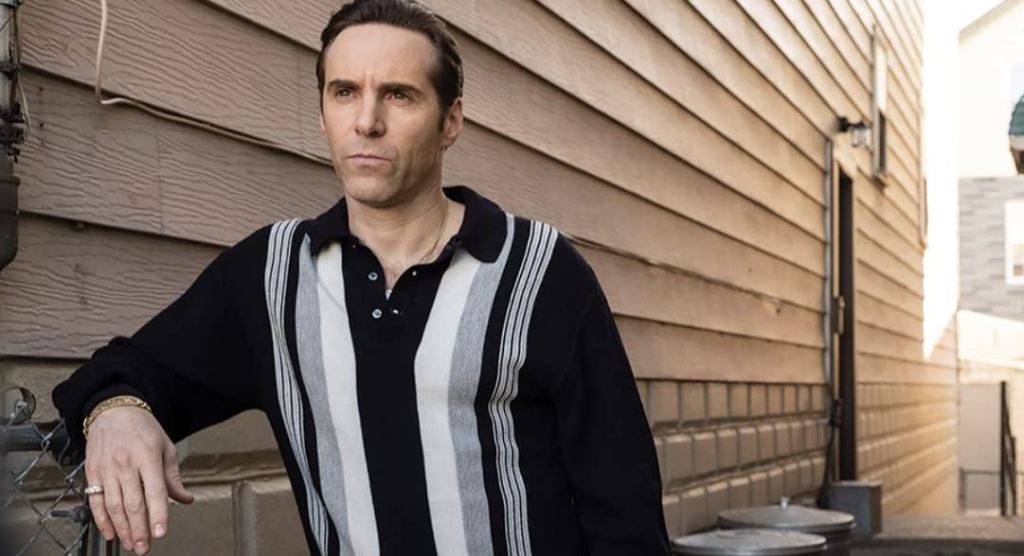
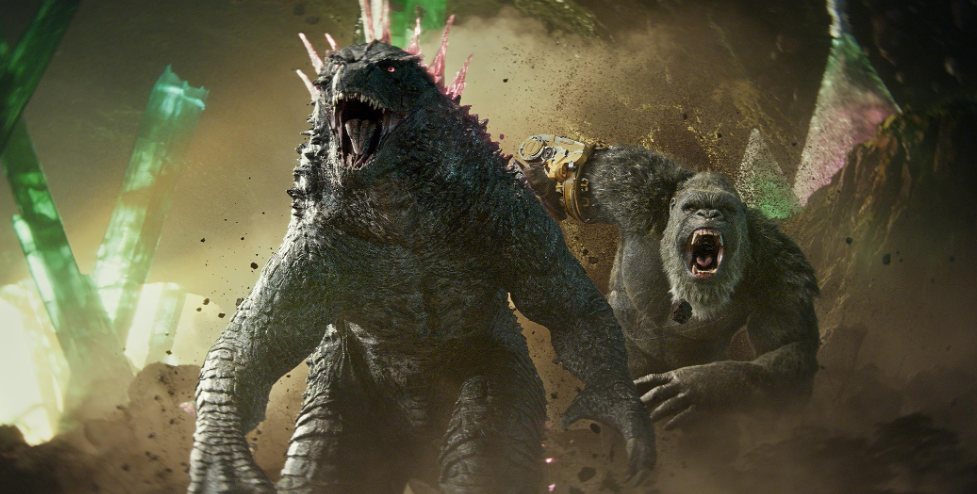
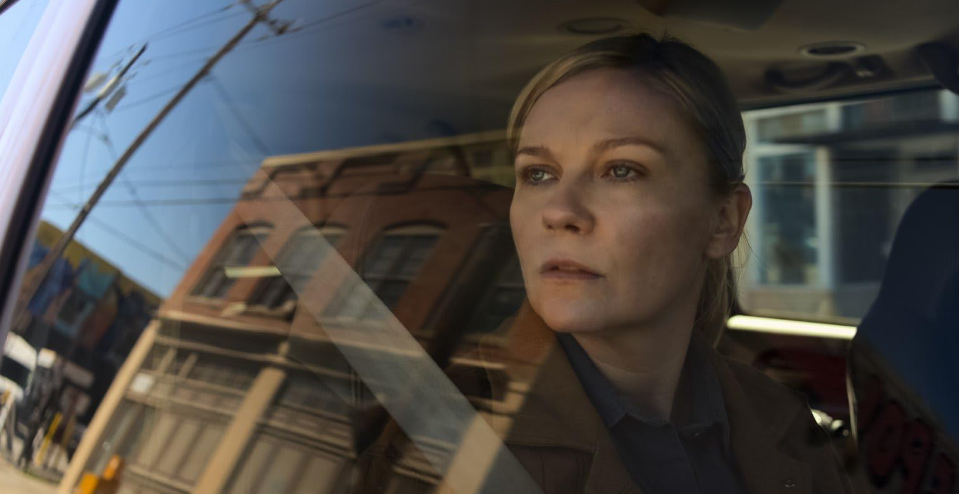
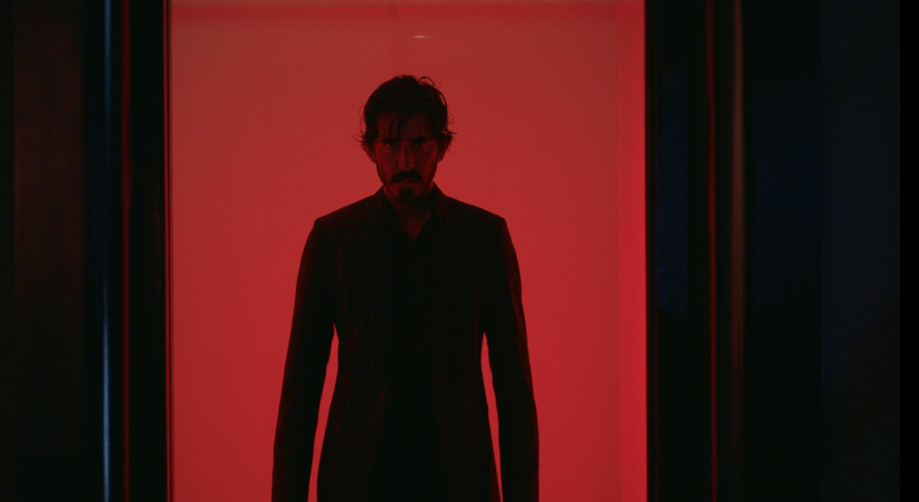
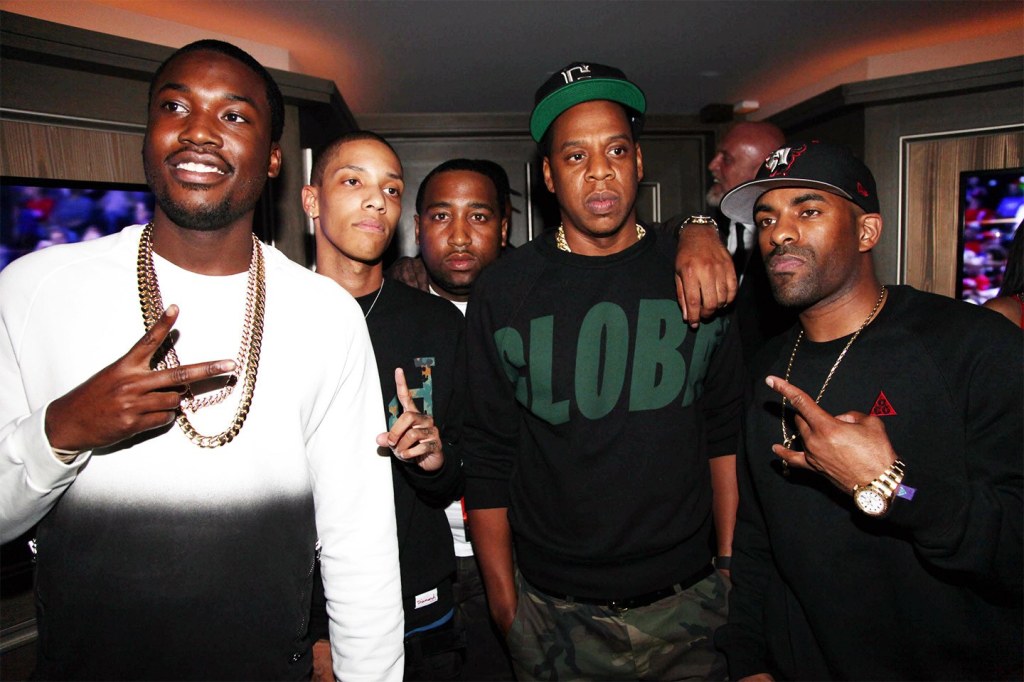
Leave a Reply